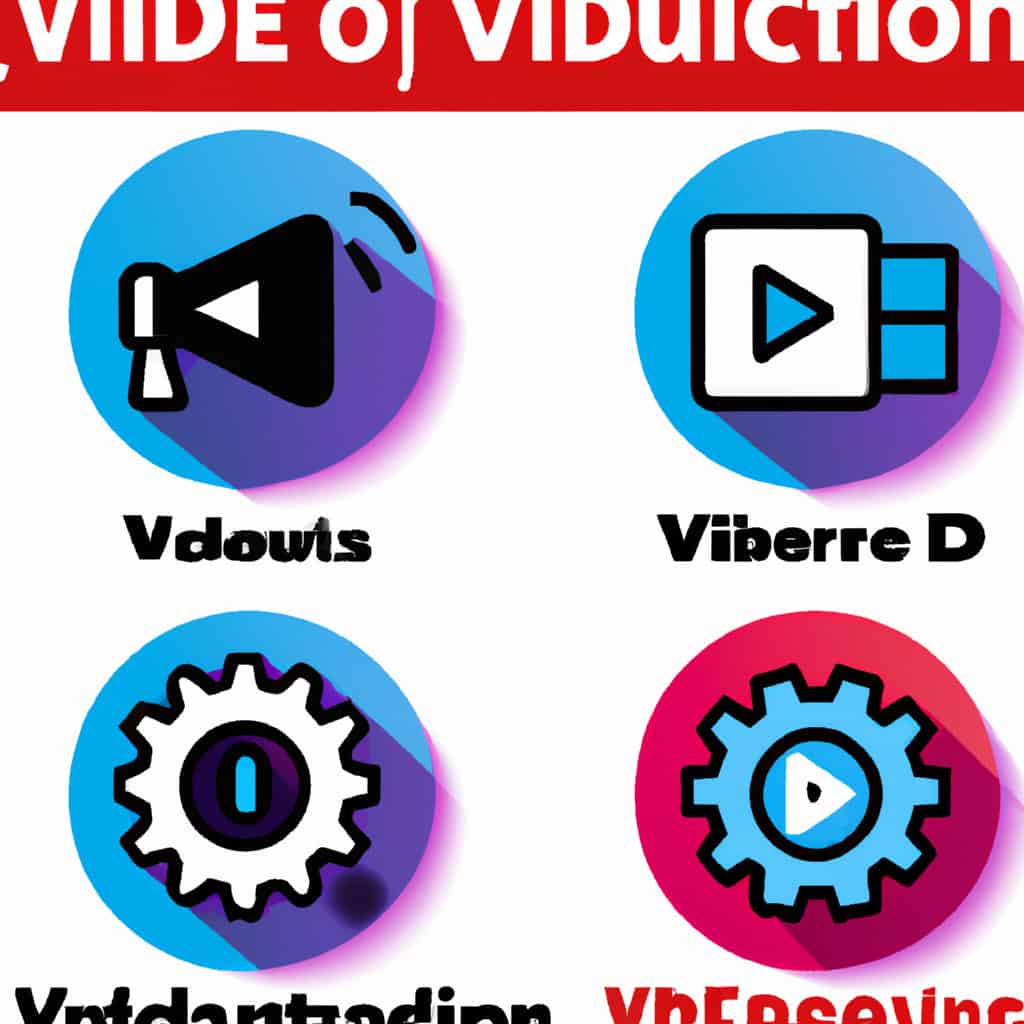Are you a content creator looking for alternative platforms to showcase your videos and engage with your audience?
This article explores five best YouTube alternatives for video content creation and sharing. These platforms cater to specific niches, provide different revenue models, and offer more creator-friendly policies.
By examining their features, audience reach, and monetization opportunities, content creators, whether vloggers, filmmakers, or others, can discover a range of options to suit their needs and desires for belonging in the online video community.
Key Takeaways
- Niche-specific platforms offer targeted audiences, community, and exclusive revenue models for creators.
- Platform 2 provides various revenue model options and detailed analytics for creators to optimize their content.
- Platform 3 prioritizes the needs and interests of content creators with fair revenue sharing models and content moderation tools.
- Platform 4 offers advanced editing features, collaboration tools, and robust video analytics for creators, along with exclusive monetization options.
Platform #1: Niche-specific Alternatives
The first alternative platform to YouTube discussed in this section is a niche-specific platform catering to creators who specialize in specific content areas. These niche-specific video platforms provide a unique opportunity for content creators to reach an audience that desires belonging within a particular niche.
Unlike YouTube’s broad audience, these platforms focus on specific interests or communities, allowing creators to connect with a more targeted audience. This specialization creates a sense of community and belonging, which can be appealing to both creators and viewers alike.
In addition to the niche-specific focus, these platforms also offer exclusive revenue models for creators. They often provide better monetization opportunities, such as higher ad revenue shares or direct support from fans through subscriptions or donations. This enables creators to earn a more substantial income from their content, making these platforms attractive alternatives to YouTube.
Platform #2: Revenue Model Variations
Platform #2 offers various revenue model variations, allowing content creators to explore different ways to monetize their videos. This platform provides creators with a range of options to maximize their earnings and take advantage of diverse revenue streams.
One of the key benefits for creators is the ability to choose from different advertising options. They can opt for traditional display ads, pre-roll video ads, or even sponsored content. This flexibility allows creators to align their monetization strategy with their content and target audience, resulting in higher engagement and revenue.
Additionally, the platform offers detailed analytics and insights, enabling creators to track their performance and optimize their content accordingly.
Platform #3: Creator-Friendly Policies
Platform #3 stands out for its creator-friendly policies that prioritize the needs and interests of content creators. This platform offers a range of incentives to encourage creators to upload their content.
One notable aspect is its emphasis on fair revenue sharing models, ensuring that creators receive a significant portion of the profits generated by their videos.
Additionally, this platform provides comprehensive content moderation tools, allowing creators to have more control over their content and ensuring a safe and inclusive environment for users.
With a strong focus on creator empowerment, this platform aims to foster a sense of belonging among content creators by providing them with the necessary resources and support to thrive.
Platform #4: Unique Features and Tools
Platform #4 offers a variety of unique features and tools that cater to the specific needs and preferences of content creators. Here are four notable features and tools that set this platform apart:
-
Advanced Editing Features: This platform provides content creators with a wide range of advanced editing tools to enhance their videos. From customizable transitions and special effects to color grading and audio editing options, these features allow creators to bring their vision to life and create high-quality content.
-
Unique Tools for Collaboration: Content creators can collaborate seamlessly with others using the platform’s unique collaboration tools. These tools enable multiple users to work on a video project simultaneously, making it easier to collaborate with team members, share ideas, and collectively create compelling content.
-
Innovative Video Analytics: The platform offers robust video analytics that provide detailed insights into the performance of content. Creators can access valuable data such as views, watch time, audience demographics, and engagement metrics, allowing them to make informed decisions and optimize their content strategy.
-
Exclusive Content Monetization Options: Content creators can monetize their videos through various exclusive options offered by this platform. From ad revenue sharing to brand partnerships and direct fan support, these monetization features provide creators with diverse opportunities to generate income and sustain their content creation efforts.
Overall, Platform #4 stands out due to its unique tools, advanced editing features, and comprehensive monetization options, making it an attractive choice for content creators seeking to enhance their video creation and sharing experience.
Platform #5: Monetization Opportunities
With its diverse range of monetization opportunities, Platform #5 offers content creators a multitude of ways to generate income and sustain their video creation efforts.
One of the key monetization strategies available on this platform is through advertiser partnerships. Content creators can collaborate with brands and advertisers to create sponsored content, product placements, or endorsements, which can provide a significant source of revenue.
Additionally, the platform offers various advertising formats, such as pre-roll and mid-roll ads, allowing creators to earn revenue based on the number of views or clicks their videos receive.
Content creators can also explore other income streams, such as merchandise sales, crowdfunding, and fan subscriptions.
Conclusion
In conclusion, exploring alternatives to YouTube for video content creation and sharing can offer content creators a wide range of options. Whether it’s niche-specific platforms, variations in revenue models, creator-friendly policies, unique features and tools, or monetization opportunities, these alternatives cater to different needs and preferences.
From vloggers to filmmakers, these platforms provide opportunities to showcase videos and engage with audiences. So why limit yourself to just one platform when there are so many alternatives to choose from?
